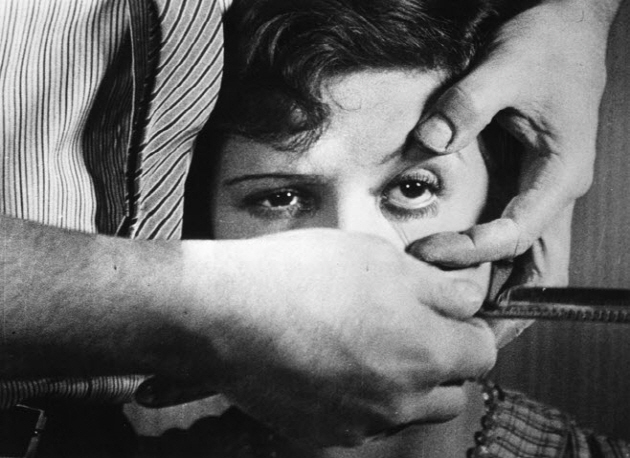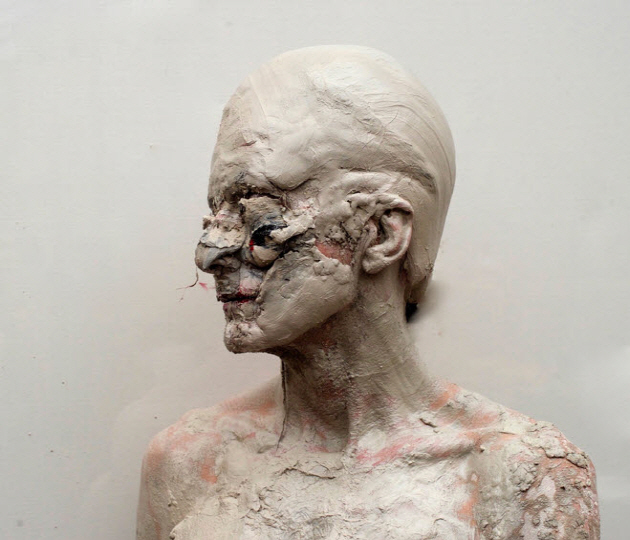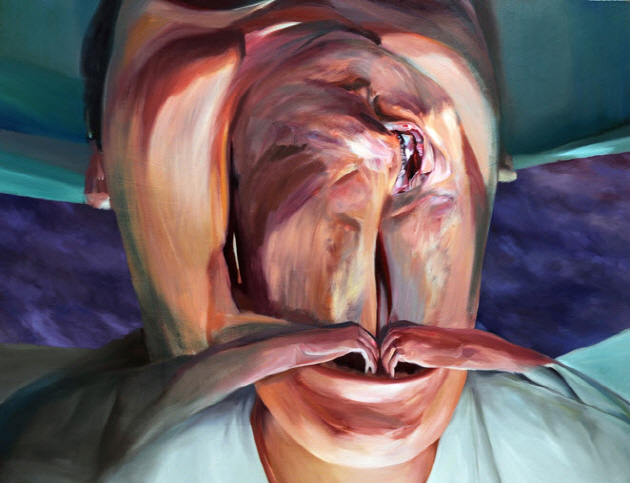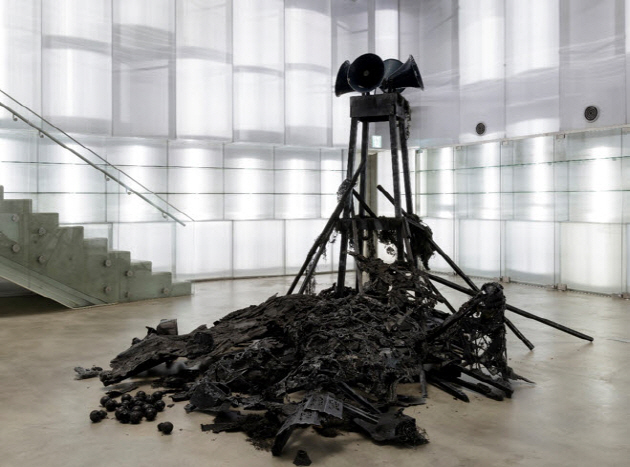“Beauty is truth, truth beauty, – that is all
Ye know on earth, and all ye need to know.”
– John Keats, “Ode on a Grecian Urn”

Luis Buñuel, Un chien andalou, 1928
Then what about ugliness? SNU MoA’s exhibition this spring (March 7 – May 14) seeks to approach the question of truth and reality from the less popular angle, the perspective of “ugly.”
According to the exhibition’s opening lines: “There is no such thing as absolute ugliness. There is only something that is ugly and something that is not ugly, and this judgment is relative.”
Featured artists such as Olivier de Sagazan, Sim Seung Wook, Koo Jiyoon, and Choi Youngbin bring the “ugly” and “uncomfortable” into the sphere of art which largely aimed for “beauty” and “idealism” for the longer half of its history.
But it would not be accurate to say that their goal is in “ugliness” itself, which is just a surface-level description of these artists’ goals.

Olivier de Sagazan, Transfiguration, 2011
Olivier de Sagazan’s performance in Transfiguration (2011) shows the artist “smudging and wiping clay, […] spraying primary pigments onto himself and writhing,” which is “destructive and terrifying to watch.” The climax of this segment is when he stabs branches into his face, smears red paint all over, and carves eyes into his head with his hands. Loud noise alarms the viewer as the artist shakes in an epileptic motion.

CHOI Youngbin, Whispering by Shouting, 2010
Choi Youngbin’s art features human figures distorted to a point of unrecognition, with parts that are displaced and replaced, stretched to an impossible position. Her choice of color for flesh is pink, but with an eerie mix of green and brown and deep red. These combinations treat the body not as idealized forms but mere tools to display raw emotions, states, and means of being beyond just the physical. Sometimes the bodies are treated like carcasses and meat, other times, they are treated as shapeshifters and mirrors into a realm beyond the physical reality.

SIM Seung Wook, Between Absence and Presence, 2015
Sim Seung Wook’s work Between Absence and Presence (2015) is an installation piece (3rd floor of gallery) inspired by an actual event. The structure seems to absorb all light in the room with its dark, demanding presence. And upon closer inspection, it reveals objects that are pieced together as though they are evidences of the event, an excavation site for memories. This unattractive piece does not draw the viewer in with its beauty but with a contrasting allure.
These artists are not competing to present the most shocking or the most grotesque art form. Such elements of shock may cause the viewer to avert their ideas, but the artists take this risk to convey a reality that is far more dark, twisted, and disfigured than we experience in our daily visual consumption.
While the world obsesses over beauty, these artists tackle the untouched, unimagined, and unrevealed. In the basement of the gallery, there is a panel which reads: “No one wants to look at you, so who will draw you?” This quote refers to those who are not in the limelight of society, and the stories which remain undocumented on the wayside, until they disappear into the subconscious.
Written by Ho Jung Annie Hwang, SNU English Editor, annieohan@snu.ac.kr
Reviewed by Professor Travis Smith, Department of Asian Languages and Civilizations, tlsmith@snu.ac.kr

